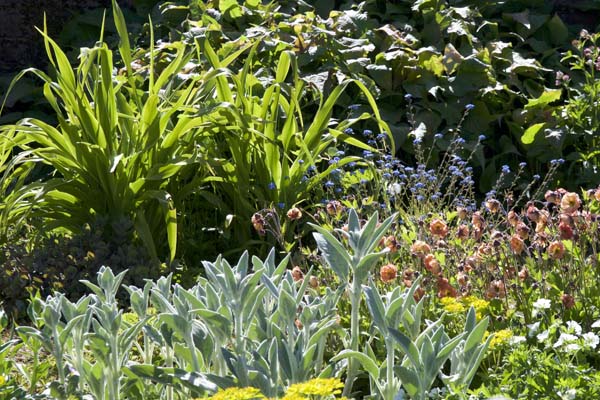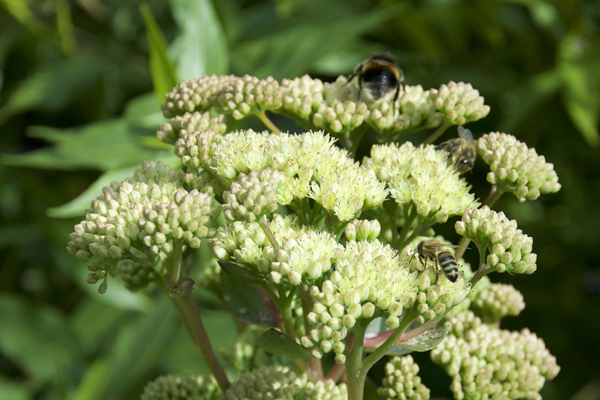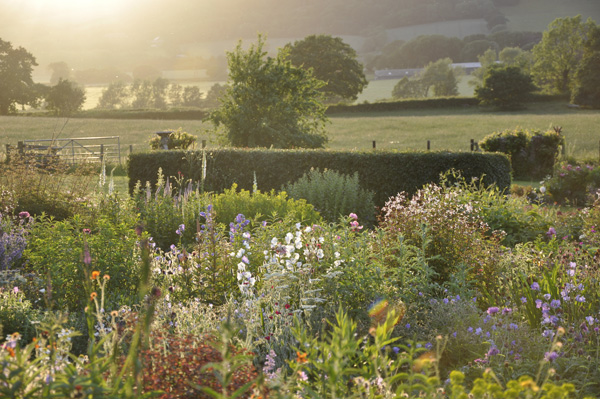Echinacea (Coneflower) Full Plant & Care Guide
(Coneflower) Put Echinacea into ‘Google’ and the few first pages list the plant’s medicinal properties. But there is more to an Echinacea than a pill or a powder. These handsome summer to autumn flowering plants have large, daisy shaped flowers add a splash of colour to late summer borders.
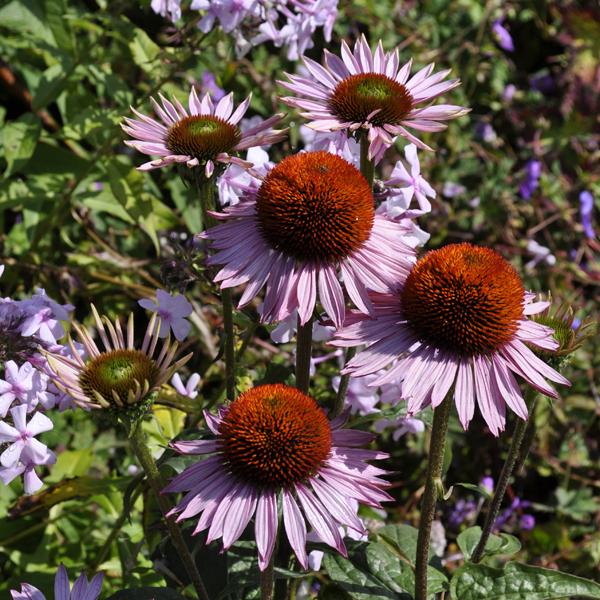
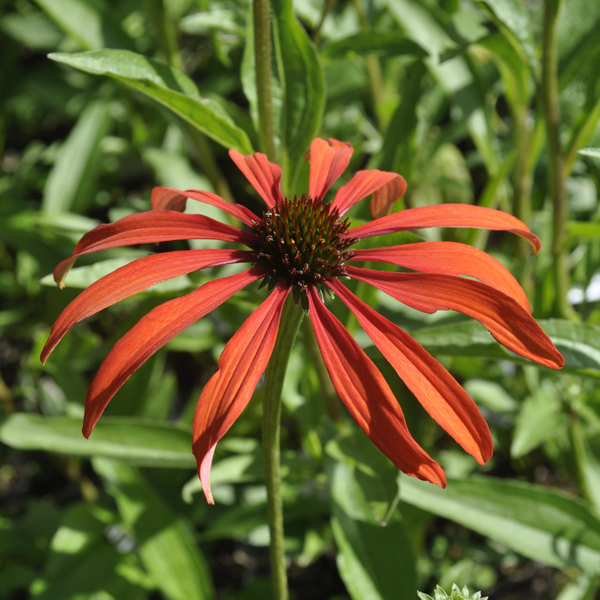
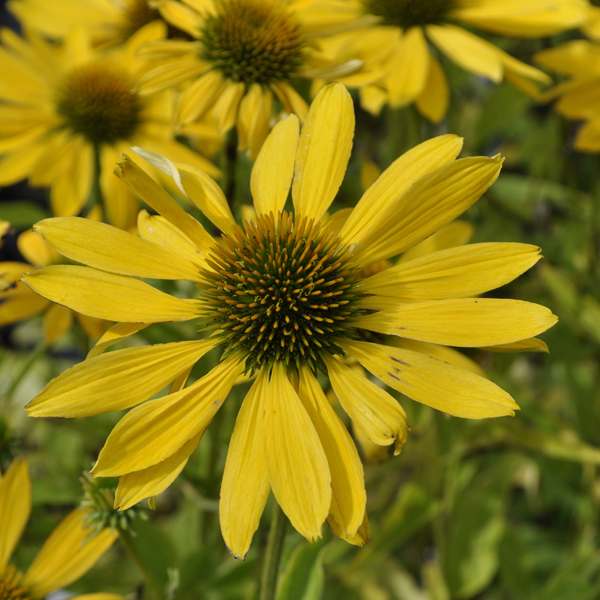
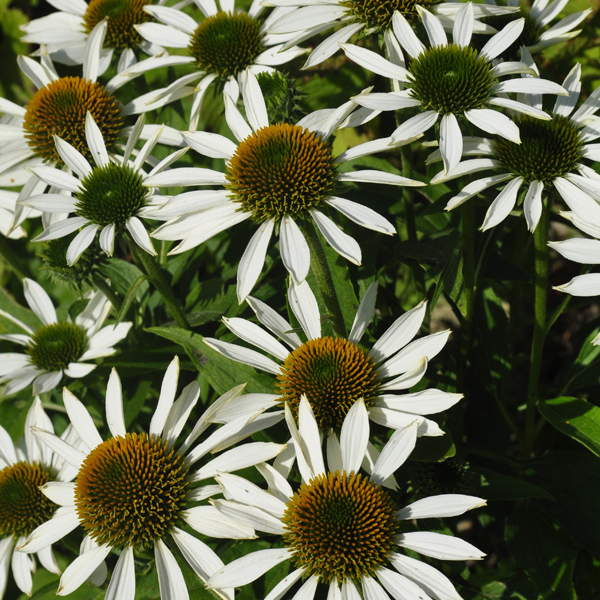
Left to right: Echinacea purpurea 'Hope', Echinacea 'Tomato Soup', Echinacea 'Leilani', Echinacea purpurea 'Virgin'
Types of Echinacea Plants
A plant of the US prairies, in the wild the flower petals are quite relaxed, and usually pink, but there is one wild yellow species that is not dissimilar to Rudbeckia (Black-eyed Susan) except Rudbeckias don’t have spiky centres.
When do Echinacea Flowers Bloom?
The flowers bloom from mid-July to late August and occasionally September, range from white, through to yellow, pink and even orange. The real joy of growing Echinacea is to see the amount of bees and butterflies that flock to the flowers. This summer to autumn flowering plant is also great for cutting and putting in a vase.
They are called Coneflowers because of the centre of the bloom. This is made up of rows of spikes that swirl into a dome. Usually brown, ginger or rust, and sometimes green, this gets bigger as the flower ages. If you stick your nose near to the flower, you will discover a fragrance.
Echinacea Leaves & Appearance
The flowers are carried individually on upright stems that can be branched or not, depending on the variety. The stems emerge from a central crown carrying a few leaves to form an upright leafy clump.
The Longevity Of Echinacea
I have never found Echinacea to be very long-lived nor particularly hardy. Of the 140 or so varieties trialled by the RHS at Wisley Gardens in Surrey between 2016 and 2020 only 8 hybrids lasted the test of time long enough to be awarded an AGM. This may be due to fertilising the plants during the trial period.
Echinacea come from North America where it grows wild on prairie plains, which it can be very dry in summer and very cold in winter, and soil very well-drained to extremely dry. Our UK climate is oceanic, not continental, which might be the reason they don't live for long. Over the years, many new cultivars have appeared. Some of these are a mix of Echinacea pallida and Echincea paradoxa, neither of which I managed to keep going in my garden with moist clay loam soil. Those raised from Echinacea purpurea (you'll see this in the name) do last a little longer, and people who buy echinacea from me tend to go for this variety.
The History of Echinacea & Coneflowers
When I started growing perennials over 30 years ago, just two Echinacea were listed in my catalogue; E. purpurea and Echinacea ‘White Lustre’. This was a time when Echinaceas were not popular, and as far as I can see they never really had been. Frances Perry in her excellent book ‘Guide to Border Plants’ (published 1957) described Echinaceas as ‘somewhat course in appearance, the unusual colouration is not unattractive in the border’.
During the late 1990s Dutchman Piet Ouldolf started off the design trend labelled ‘Prairie Planting’. Echinaceas are perfect for this style of planting, and since then plant breeders in America and Holland have added hundreds of new varieties. Today, the RHS Plantfinder lists hundreds of varieties. I have to ask myself do we really need so many introductions? Of course we don’t, and time will tell which varieties are still be grown by nurserymen in 20 years time.

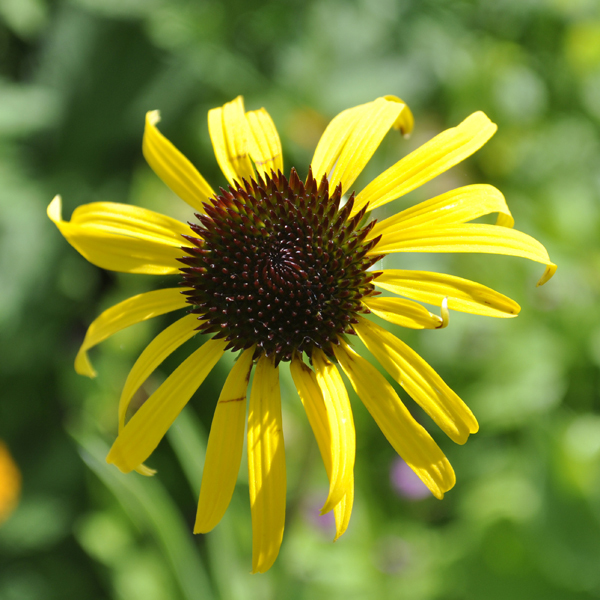
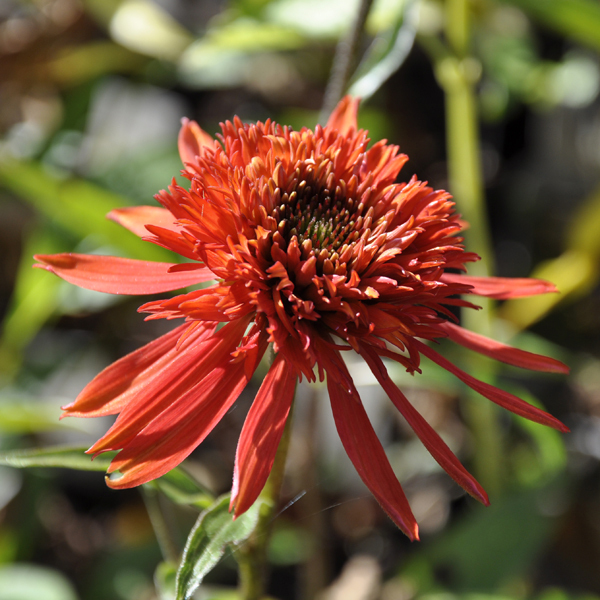
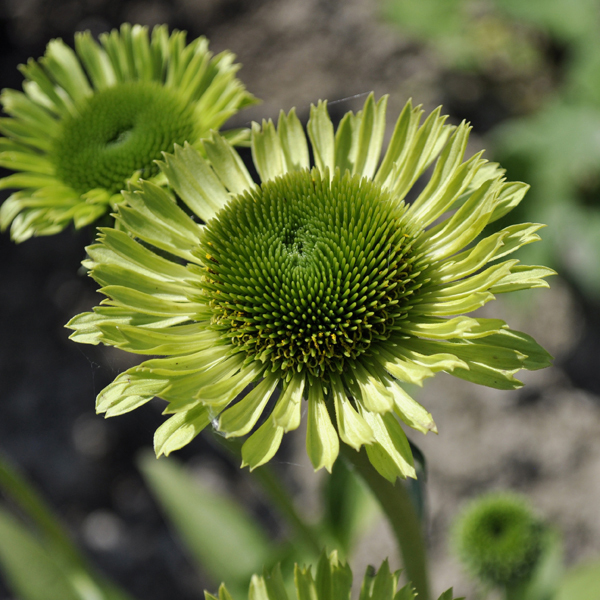
Left to right: Echinacea pallida, Echinacea paradoxa, Echinacea 'Sweet Chilli', Echinacea 'Green Jewel'
Echinacea Planting Guide
Where to Grow Echinacea
Both Echinacea and Rudbeckia grow in similar conditions, a well-drained soil in a sunny spot that in summer is hot and dry, in winter the soil can be frozen solid. Echinacea are generally very easy to grow, but they don’t like soils that are inclined to be wet during the winter. This seems to be the commonest way to kill them off.
How to Plant Echinacea
Coneflowers can be planted in the spring directly into your border. If you buy perennials online, take the plant out of the pot and fully submerge the roots, with the buds/crown just below the surface.

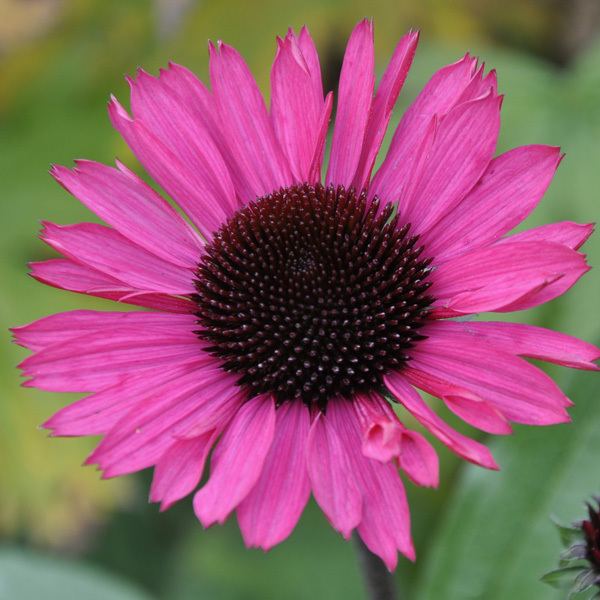

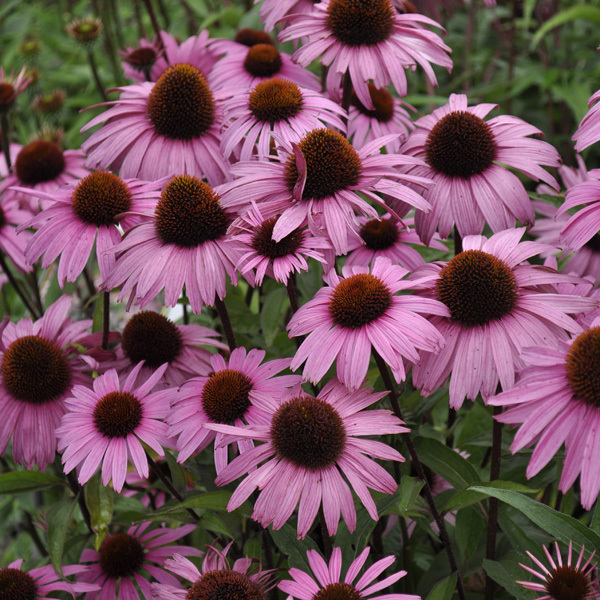
Left to right: Echinacea 'Marmalade', Echinacea 'Summer Cloud', Echinacea purpurea 'Coconut Lime', Echinacea purpurea 'Augustkönigin'
Echinacea Care Guide
Many varieties do not live very long and should be considered as short-lived perennials. If you have a plant that is 3 years old, divide and replant it to the plant's vigour.
Pruning & Dividing
The flower stems can be cut to the ground when they have finished flowering. With so many blooms I think the clump is weakened if it is allowed to set seed. Make sure the divisions are quite large, and be sure to keep the newly replanted clumps moist for quite a while after planting.
Pests
Coneflowers tend to be targeted by aphids, and rabbits like to nibble on young shoots, but if you buy echinacea plants that have been established, they are less likey to target it. Powdery mildew can also target the plant during a moist summer.
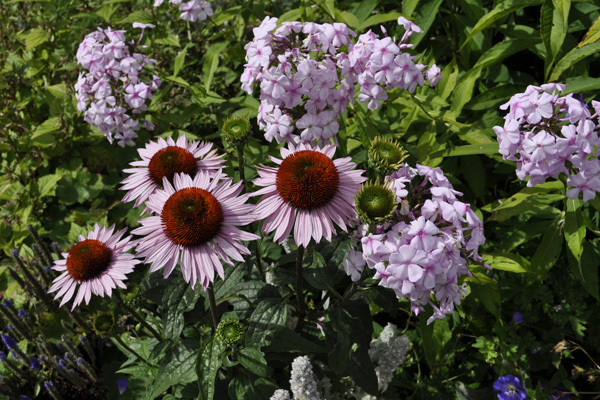
Echinacea purpurea 'Hope' with Phlox paniculata 'Discovery'

Echinacea purpurea 'White Swan' with Echinops bannaticus 'Taplow Blue' and Persicaria amplexicaulis 'Taurus'
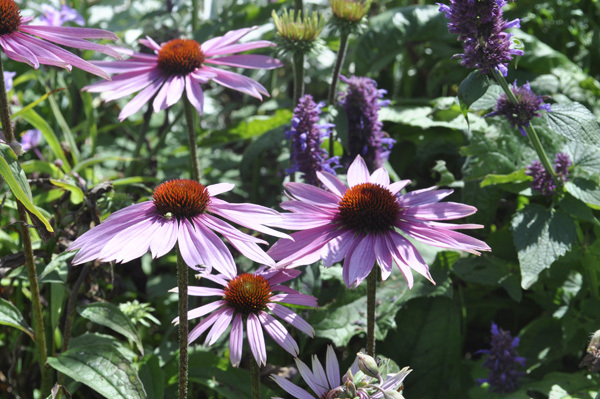
Echinacea purpurea 'Magnus' with Agastache 'Blue Boa'
What To Grow With Echinacea
As Echinacea flower later in summer they are ideal for planting with Aster, grasses such as Calamagrostis & Miscanthus, Perovskia, Sedum, Salvias & Achillea.
